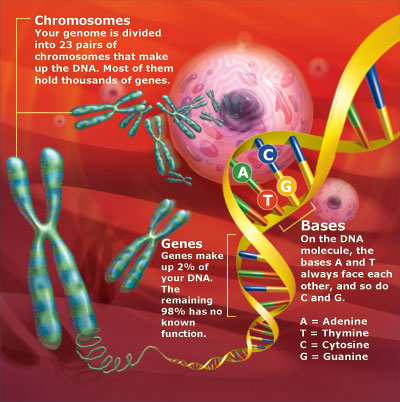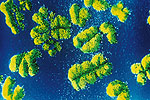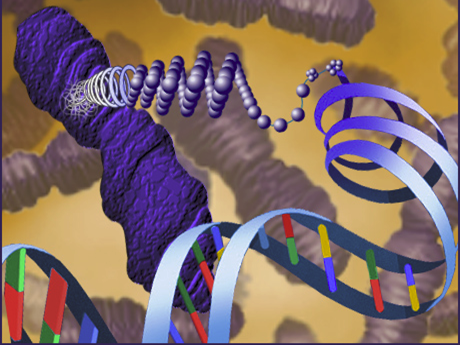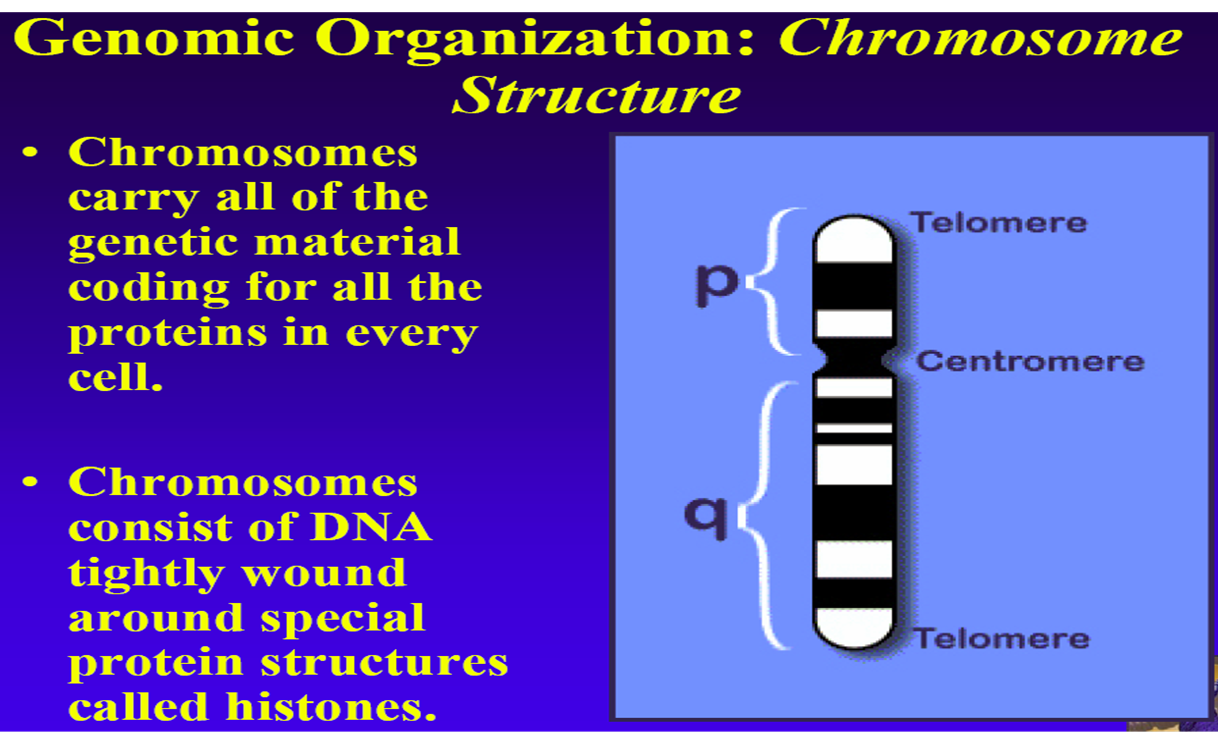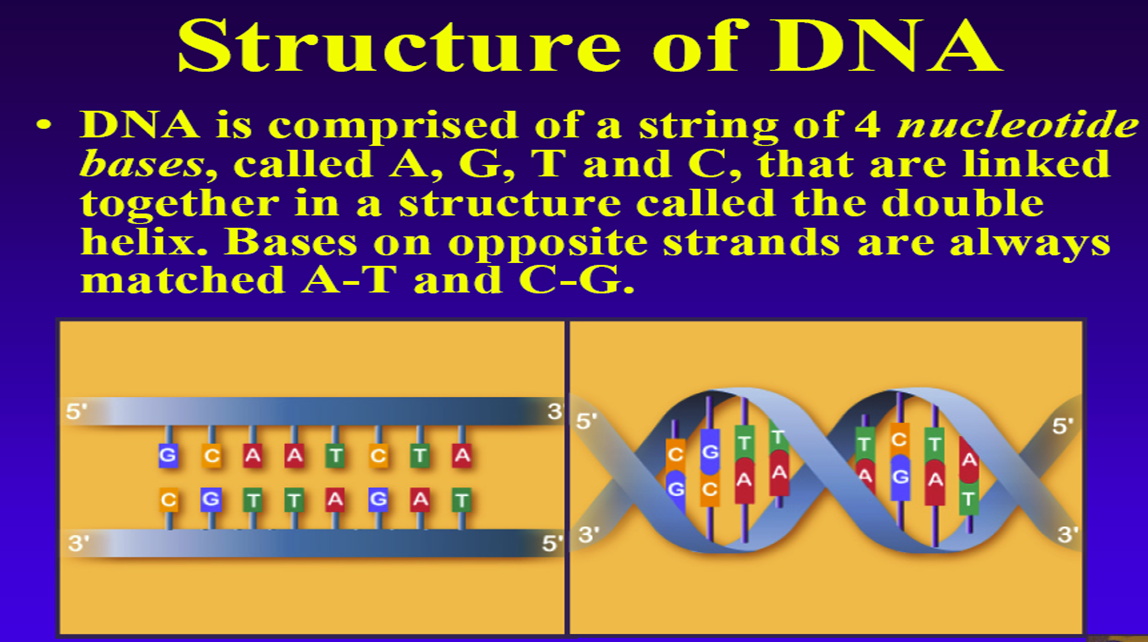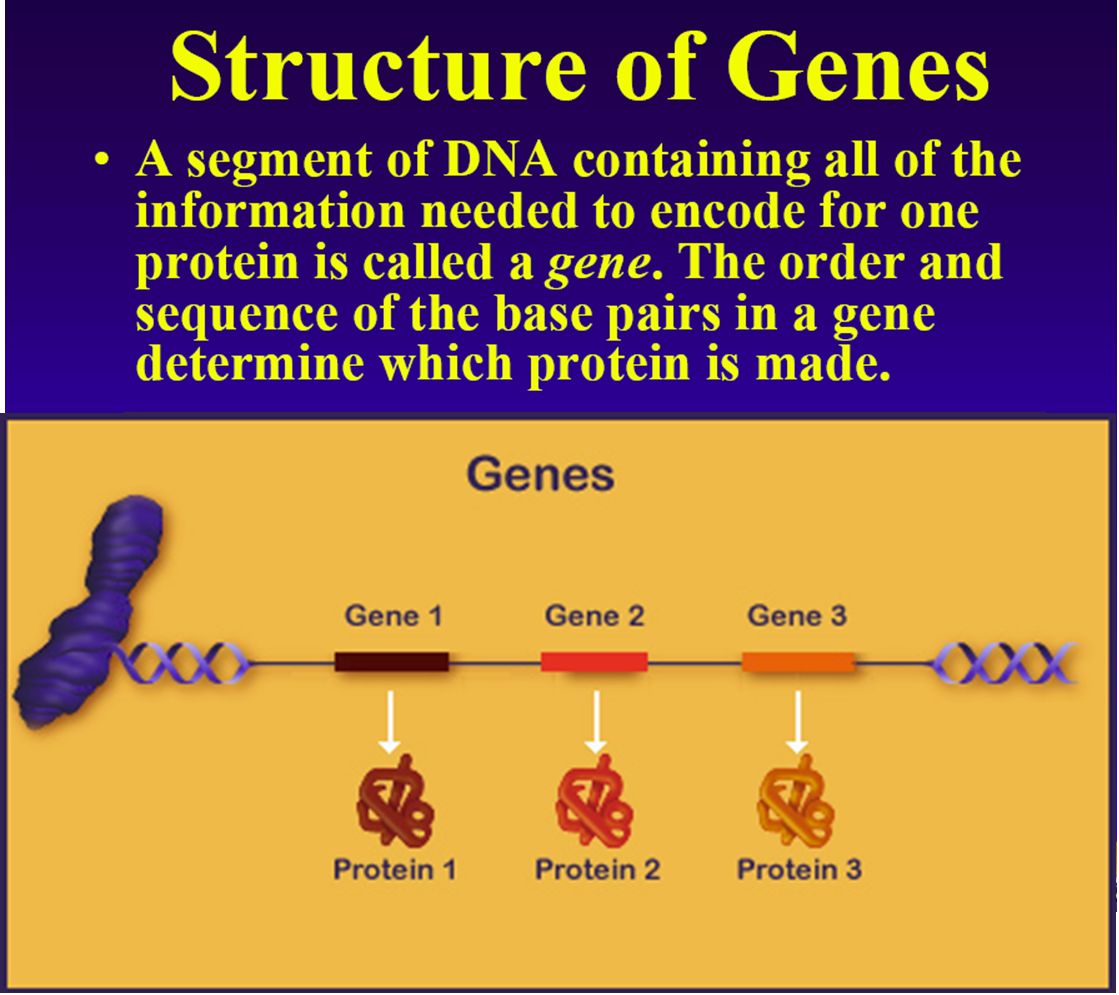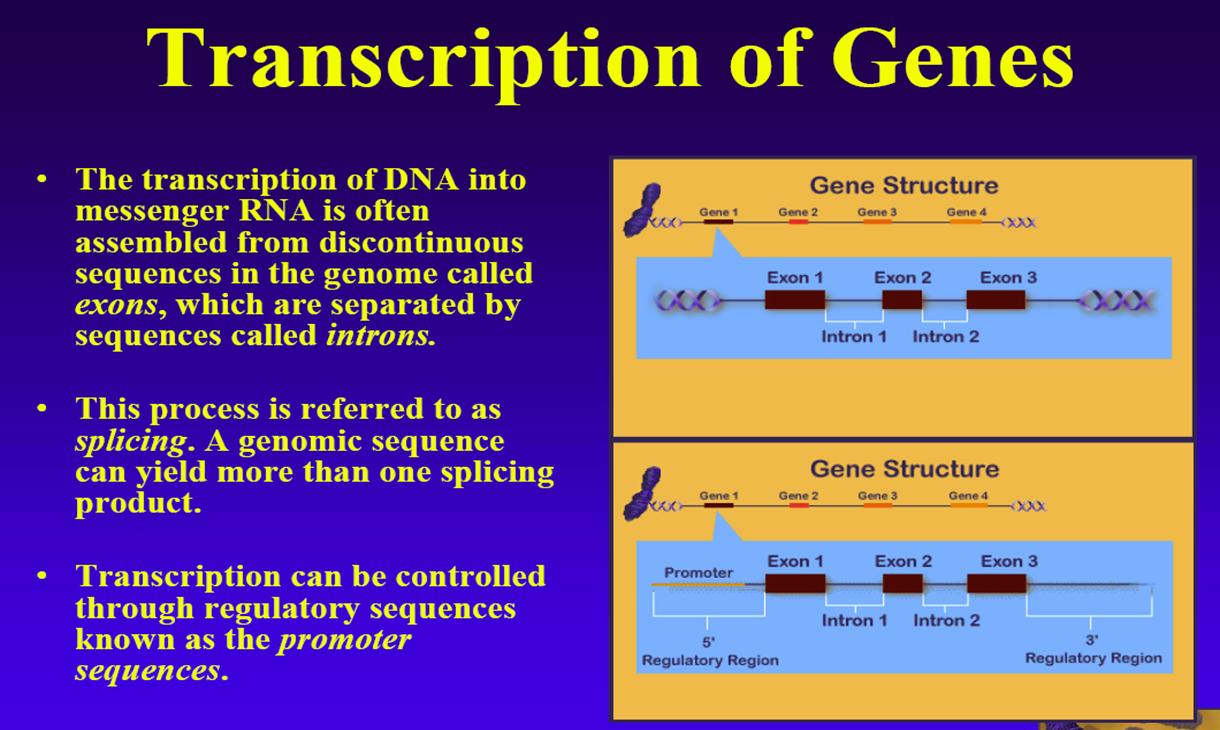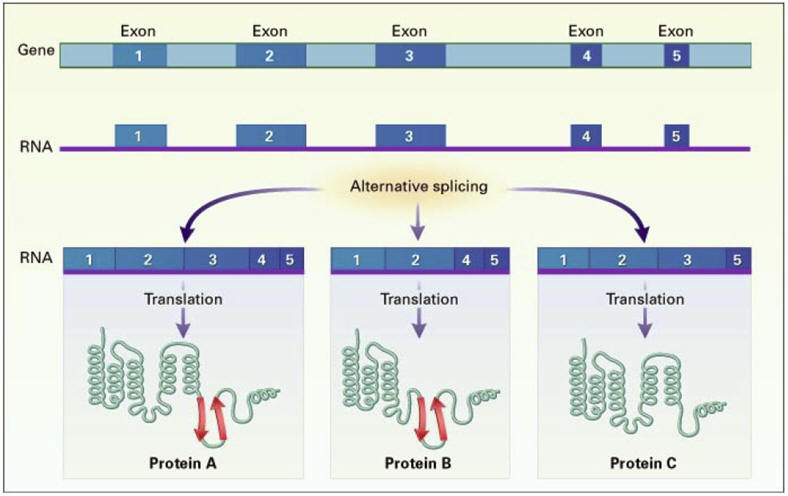The following contains an extension of what was already mentioned in the Introduction. A genome is all the genetic material contained in an organism, including its chromosomes, genes and DNA (deoxyribonucleic acid). Genes carry information for making all the proteins needed by an organism to function. These proteins determine, among other things, an organism's appearance, health, and sometimes behaviour. DNA is made up of four chemical bases (represented by A, T, C, and G) that may be repeated millions of times throughout a genome. The human genome, for example, has 3.2 billion pairs of chemical letters, called bases. The genome is located right in the heart of the cells, in the nucleus. With a few exceptions, each one of the body's trillions of cells contains a complete copy of the genome. These letters follow one another in an order that is specific and unique to form the DNA. This DNA is a complex molecule that looks like a long ladder twisted into a double helix shape. The genes, parts of the DNA, are the functional units of the genome and are located along thread-like structures called chromosomes. Chromosomes are found in the nucleus of the cell, and consist of DNA and proteins. One chromosome may contain thousands of genes. Humans have ~21,000 genes, which carry information to make proteins that determine many traits. Traits are characteristics that are passed on from parents, including things like hair colour and ear shape. We inherit half our genes from our father and half from our mother.
